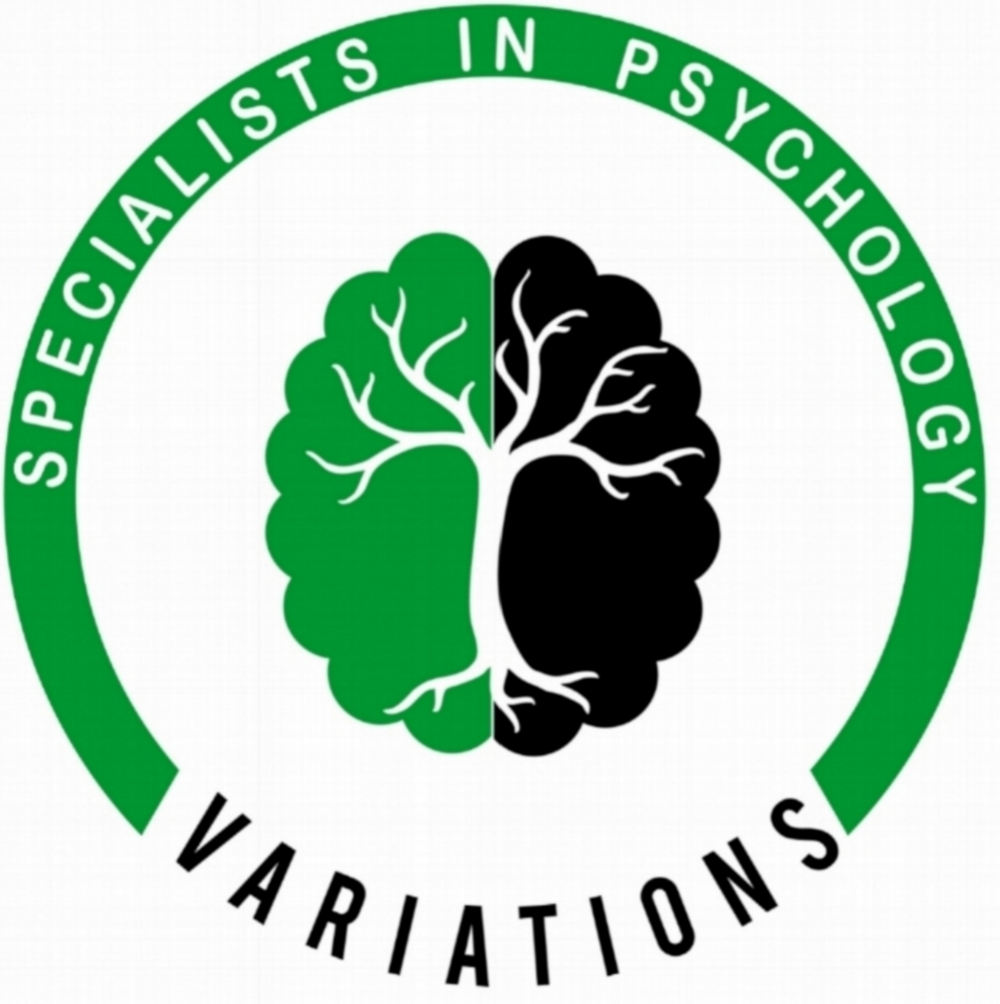8 Tips to Create a Mentally Healthy Classroom
Back-to-school is a hectic time for teachers, but it’s also very exciting. The new year offers a fresh start to get to know each student and create a personalized learning environment to help them grow. With this excitement comes both challenge and responsibility – challenge in learning the unique needs of each child, and responsibility for tailoring teaching methods to empower every student toward success. But learning isn’t one-size-fits-all, and it can be difficult for teachers to know how to respond to the varying needs of each of students.
So what can teachers do to support the mental health needs of their students?
Follow these 8 tips to support students through common learning & mental health obstacles:
1. Limit Distractions
Children with challenges related to motivation, attention, or hyperactivity may all have trouble staying focused in class. Teachers can help students remain focused by establishing eye contact, seating them strategically to keep them on task, and keeping most critical thinking tasks in the morning.
Teachers can also download this FOCUS skills handout, developed by Dr. Marta M. Shinn, with tips to support on task behaviors in school and at home.
2. Break it up
Breaking up big tasks can make classwork feel less overwhelming and more manageable for students with anxiety, depression, ADHD, motivation issues, and autism spectrum disorder. Instead of giving them a 30-page reading assignment to complete by the end of the week, assign 6 pages per night that will be reviewed the next day. Consider giving frequent, shorter quizzes rather than limiting testing to one or two high stakes exams.
3. Teach emotional regulation
Many mental health issues have to do with a person’s lack of healthy coping skills to process difficult emotions. This is often true for children with anxiety, depression, or self-harming behaviors. By teaching students healthy coping skills to manage their feelings, you can help them reduce negative symptoms so they can focus on learning.
Try the following strategies:
- Teach breathing exercises and muscle relaxation techniques
- Have the class write positive affirmations about themselves and what they will accomplish this school year
- Don’t let students out of tasks that intimidate them – instead, talk to them about ways they can cope with their fears
4. Ignite their interest
You may not be able to make certain subjects easier for students, but you can make them more interesting. This can be especially engaging for unmotivated students or children with autism. Get to know your students’ interests and try to integrate them into your lessons wherever possible, especially on tasks they find difficult or overwhelming.
Examples:
If you have a student with autism that has a fixation on the Lakers, create word problems that incorporate basketball player names.
If you have a student who is unmotivated in English but loves doing ballet, encourage her to write her paper on what dance means to her.
5. Create a uniform front
Students achieve the greatest success when they feel supported by teachers, parents, and counselors. It can be tough to build relationships with every student’s family, but try to periodically check in with parents to discuss what strategies do and don’t work in helping their child learn.
6. Offer Predictability
Many learning disorders and mental health conditions benefit from predictability. Let your students know exactly what they can expect to do in class each day. Offer 10, 5, and 1-minute transition warnings to prepare children to move to the next task. List daily plans and lesson components on the board so students know what to expect. Stick to consistent, predictable routines and give plenty of warning when the routine will be altered.
Example: “James, next Monday I will be visiting my grandmother, so
you are going to have a substitute teacher that day.”
7. Choose positivity over punishment
Though this can be difficult with students who are especially disruptive, do your best to use positive reinforcement more often than punishment. While there is a place for consequences, try to ignore mildly disruptive behaviors and make sure to praise students when they are on task, well-behaved, and completing work on time. Focusing on positive reinforcement will not only increase desirable behaviors in students with ADHD, behavioral issues, and autism, but it will also boost confidence in students struggling with depression, anxiety, and self-harm.
8. Emphasize Always
Students will only feel comfortable being honest with you if they feel you won’t respond with anxiety, shock, or judgement. When a student opens up to you about mental health challenges, build trust by validating their feelings, expressing understanding, and working with them to find healthy ways to cope.
Example: “I’m glad you felt comfortable coming to me about your depression and how it’s been affecting your school work. I understand how difficult middle school can be and I am always here to listen as you work through this. Can we visit the school counselor to discuss some ways to help you when you’re feeling depressed?”
9. Check out these resources
The following handouts, developed by Clinical & Educational Psychologist Dr. Marta M. Shinn, were designed to help educators understand the best ways to support students with common mental health issues. Check them out for detailed tips on supporting students with each specific diagnosis:
Strategies to Supporting Students with ADHD
Strategies to Supporting Students with Anxiety
Strategies to Supporting Students with Autism
Strategies to Supporting Students with Depression
Strategies to Supporting Students with Non-Suicidal Self-Injury
Strategies to Supporting Students who are Unmotivated
Dr. Marta M. Shinn, Ph.D., is a Psychologist, Research Scientist, and nationally recognized speaker on topics related to clinical child psychology and educational psychology. Dr. Shinn has spoken at several schools and universities to empower educators in policies and methods that promote their students’ mental health.
If you are a teacher seeking a counselor to refer your students to, you can refer to your school-based counselor or to a community counselor such as the child therapists at Variations Psychology.
To learn more about our child psychology specialists, click here.
Subscribe to our blog for a weekly article on topics that affect your life:
Found this article helpful?
Rate and review us on Google and Yelp
The purpose of this article is to provide an overview of the highlighted topic. For a full consultation, assessment, and personalized treatment plan, schedule an appointment
with one of our specialists.
More about Variations Psychology
Variations Psychology is a group practice specializing in Child and Family Psychology.
Our specialists provide therapy to infants, children, adolescents, and adults to help them overcome the many challenges they may face throughout the lifespan of a family. We also conduct diagnostic testing of child and adult conditions that may impact the family’s mental health and development (e.g. ADHD, Autism Depression, Anxiety, Learning Disorders, college entrance exams).
See our Specialists page to select the specialist that best suits your need, or simply give us a call and we will guide you..
Variations Psychology is located in Newport Beach, CA and provides counseling to residents throughout Orange County and its surrounding areas including Newport Beach, Newport Coast, Irvine, Shady Canyon, Laguna Beach, Laguna Hills, Coto de Caza, Corona del Mar, Costa Mesa, Yorba Linda, Dana Point, Laguna Niguel, Aliso Viejo, Mission Viejo, Pelican Hill, Crystal Cove, Rancho Santa Margarita, San Clemente, Lake Forest, Huntington Beach, Sunset Beach, Seal Beach, and more.



